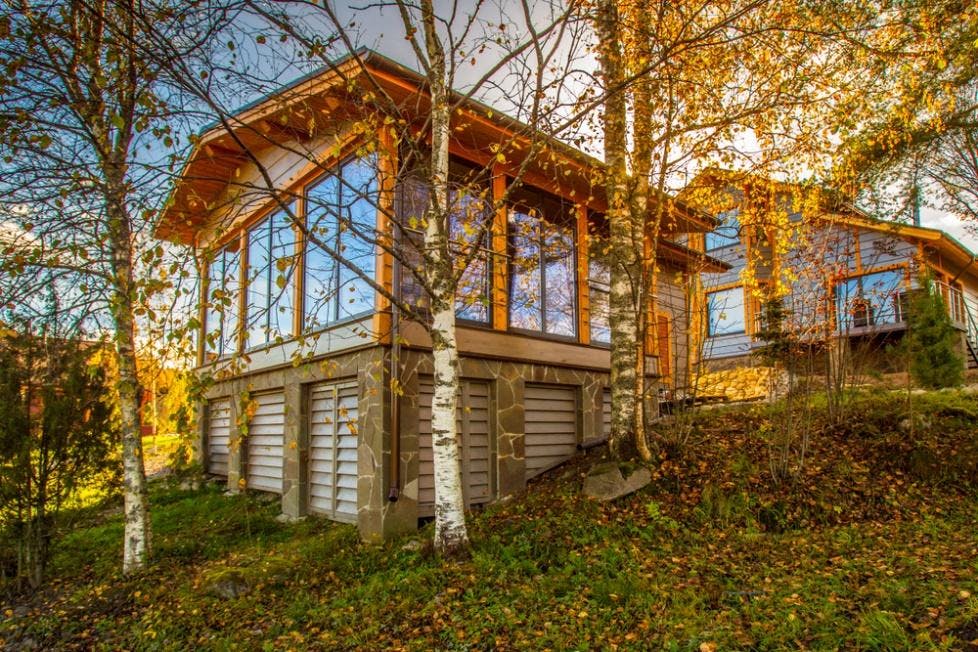In a move deemed progressive by some and capitalistic by others, Seattle lawmakers have decided to loosen the rules on the number, type and size of homes that can stand on a single-family plot of land.
Debating the positives and negatives are great fuel for local talk radio and editorial pages but this blog will attempt to stay out of the crossfire. One thing is for sure, the forthcoming changes will forever alter the landscape of traditional neighborhoods.
First the decision: Seattle City Council voted unanimously to increase the permissible types of residential buildings dotting a backyard while also reining in future development of monster-sized, single-family homes known as McMansions. The goal is to encourage building of more affordable, yet small, homes to address the city’s housing shortage.
More specifically, homeowners can build up to two additional dwellings on their property as either a source of rental income or to provide more space to their own family. (Yes, the homeowner can also subdivide land and sell off certain dwellings if he/she follows established law.) The new legislation will allow one so-called cottage (detached from the existing home, known as DADUs, detached accessory dwelling units) or two “granny flats” (homes within an existing home, with separate/private access, known as ADUs, accessory dwelling units).
Property owners will not be required to live on site nor provide off-street parking for the new units – the removal of two significant barriers from earlier proposals by the city. In addition, accessory units can:
- be as large as 1,000 sq. ft (such as these solar-powered prefabricated homes built by a Seattle-based entity);
- sit on available lot space of up to 3,200 sq. ft.;
- rise as tall as 14 ft. (in most cases); and,
- house as many as 12 unrelated people (or any number of family members).
The ban on McMansions – requiring homeowners to construct homes no more than 50% of the total plot, or 2,500 sq. ft., whichever is larger – will both likely discourage the construction of large homes while, in theory, encourage owners to add separate dwellings instead.
Between 2010 and last year, more than 130,000 people moved to Seattle. But in that same period, only about 48,000 housing units came online. The majority of those homes were part of multi-family communities, with only 5% of the units zoned for single-family housing – hence, the shortage of detached (and affordable) homes.
While these figures are difficult to verify, Seattle claims it has less than 2,000 detached dwellings, with one source saying the figure is closer to 1,000. The city estimates the new legislation will help deliver up to 2,400 new homes in the next 10 years. (There are 183 accessory dwelling units under construction today, the city says.) Back in 2016, the city estimated about 75,000 single-family lots could qualify for this type of add-on living.
The hope is that the city can get developers and homeowners to design and construct new places to live at reduced cost while addressing the housing issues. Building a detached 1,000 sq. ft. cottage could run between $150,000-$350,000, by some estimates. And that doesn’t necessarily include the cost of an off-street parking space, zoning permits or legal fees – possibly hurting the chances that an owner (or even a large developer) would build at all.
“It’s about the destruction of the neighborhood, it’s about the character,” Queen Anne Community Council member Marty Kaplan told Crosscut. “I was one of those guys back in 2005 that said let’s let people build a home in their backyard. But it’s about doing it with respect and with inclusion of the neighborhoods. … Let’s figure out a way to get more opportunity [for housing] and at the same time protect people’s livelihoods and investments.”
One Pacific Northwest housing advocacy group described the approved legislation as “the most progressive ADU policy in the U.S.” But The Seattle Times editorial board urged Mayor Jenny Durkan to veto the measure, calling it an attack on traditional single-family neighborhoods that will have a negligible effect on affordable housing.
“This is not a silver bullet that’s going to solve the housing affordability crisis on its own,” Matt Hutchins, a member of the pro-ADU advocacy group More Options for Accessory Residences (MOAR) and an architect whose firm designs backyard cottages, was quoted by Crosscut. “But it is another potential option and that’s what we need.”
Two weeks after council passage, the mayor signed the legislation into law with the addition of an executive order that calls on her city agencies to reduce economic and bureaucratic obstacles for homeowners trying to build an ADU or DADU. It also calls for the appointment of a new city position dedicated to helping homeowners understand the process.
Most rules are expected to go into effect on Aug. 8.




